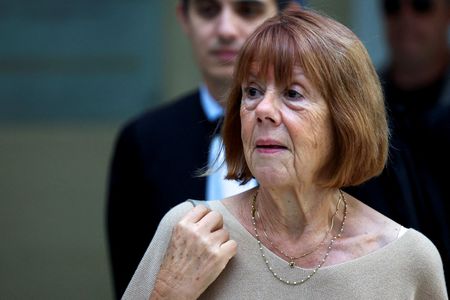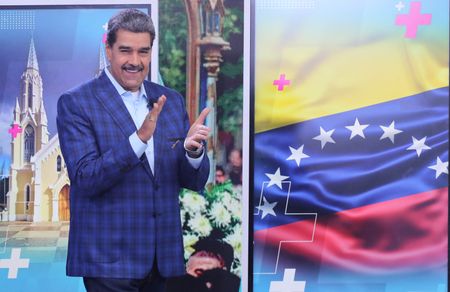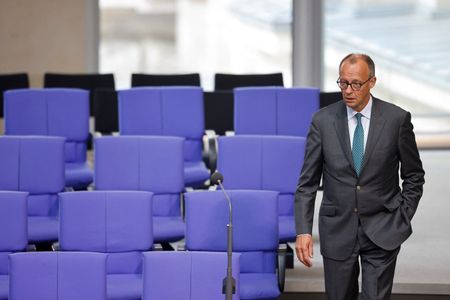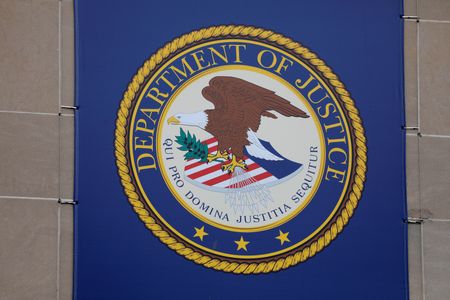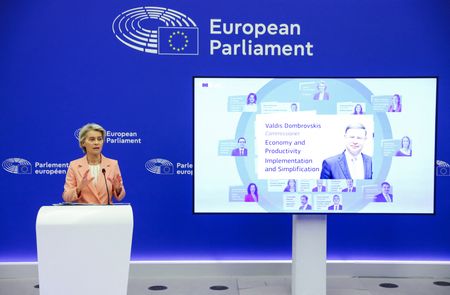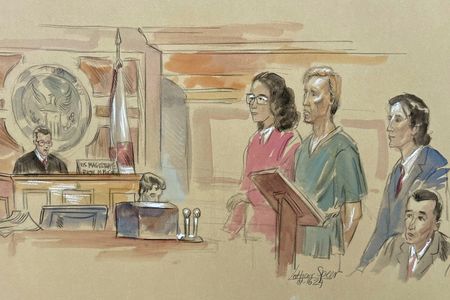By Ismail Shakil and Anna Mehler Paperny
OTTAWA (Reuters) – Canadian authorities are scrambling to find ways to end the 12-day occupation of the national capital’s downtown over COVID-19 measures, as protesters continue to block two border crossings between the United States and Canada, including the key Ambassador Bridge.
While police say the number of protesters in Ottawa is dropping, a blockade that start Monday at the vital Ambassador Bridge linking Canada and the United States is disrupting trade.
The bridge, one of the busiest border crossings on the continent, handling around 8,000 trucks a day, reopened on Tuesday for U.S.-bound vehicles, but the Canada Border Services Agency’s website showed lanes from the United States were still closed on Wednesday.
Business associations on both sides of the border have called for the reopening of the bridge. “As our economies emerge from the impacts of the pandemic, we cannot allow any group to undermine the cross-border trade that supports families on both sides of the border,” they said in a joint statement.
The bridge closure has already caused a shortage of parts at carmaker Stellantis’s assembly plant in Windsor, Ontario. The company said it had to end shifts early on Tuesday, but the plant was able to resume production Wednesday morning.
“We are working with all relevant partners to see this come to a swift conclusion and we will continue to do everything we can to support Canadian workers and businesses,” Canada’s Innovation Minister Francois-Philippe Champagne said on Twitter.
Protesters have also been blocking another border crossing at Coutts, Alberta, police said on Tuesday, the same day the main oil-producing Canadian province announced plans to ease pandemic restrictions.
Starting as a “Freedom Convoy” opposing a vaccinate-or-quarantine mandate for cross-border truckers mirrored by the U.S. government, the protest is about much more. Demonstrators have aired a litany of grievances encompassing COVID-19 health measures, a carbon tax and other legislation.
“We continue to know that science and public health rules and guidance is the best way to this pandemic is the way we’re going to get to the other side,” Prime Minister Justin Trudeau told reporters as he entered a Liberal caucus meeting on Wednesday.
Downtown residents criticized police for their initially permissive attitude toward the blockade in Ottawa, but authorities began trying to take back control Sunday night with the seizure of thousands of liters of fuel and the removal of an oil tanker truck.
Protesters say they are peaceful, but some Ottawa residents have said they were attacked and harassed. Criminal investigations are under way into, among other things, attempted arson at a downtown apartment building.
While tougher policing has dissuaded some demonstrators, Deputy Police Chief Steve Bell has said many of those remaining in Ottawa were highly “determined and volatile.” Police have made 23 arrests so far.
Police have asked for reinforcements – both officers and people with legal expertise in insurance and licensing – suggesting intentions to pursue enforcement through commercial vehicle licenses.
The office of Canada’s public safety minister, Marco Mendicino, confirmed on Tuesday that they were in talks to provide more officers as well as tactical troops, joint intelligence and community liaison teams.
(Reporting by Ismail Shakil in Bengaluru and Anna Mehler Paperny in Ottawa; Additional reporting by Ben Klayman in Detroit and Steve Scherer in Ottawa, Editing by Denny Thomas and Lisa Shumaker)






